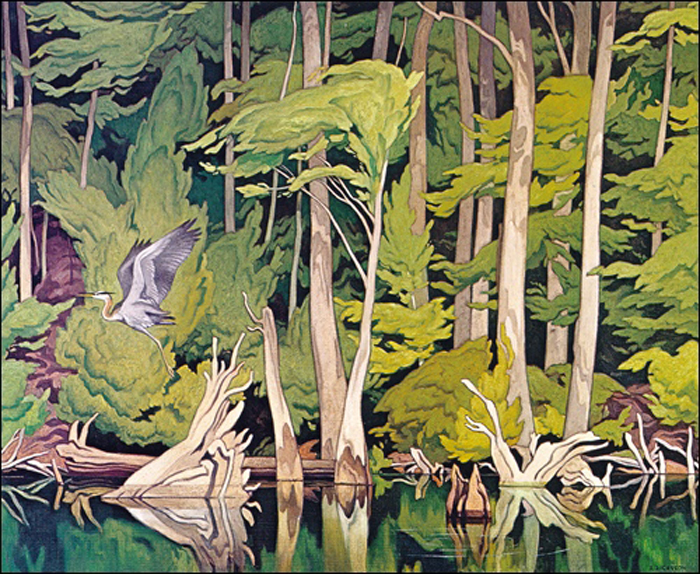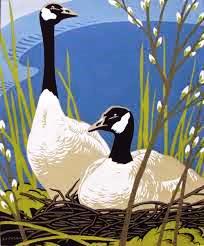Tags
Battle of the Plains of Abraham, Champlain, classification, Curé Labelle, farming, French-Canadian literature, Henri-Raymond Casgrain, Maria Chapdelaine, roman du terroir
Classification of Canadian Literature in French
Until recently, Canadian Literature in French was divided into four periods. This has changed.
-
The Literary Homeland (1837-1865): Un Pèlerinage au pays d’Évangéline, 1855
A few years ago, the period of French-Canadian literature during which l’abbé Casgrain’s books were published was called la “Patrie littéraire” or the “Literary Homeland” and it took us from 1760 (the battle of the Plains of Abraham)[i] to 1895.
That period is still called the “Literary Homeland,” but it begins in 1837 and ends in 1865. It has been shortened by seventy-seven (77) years now labelled “Canadian Origins” (1760-1836).
-
The “Messianic Survival” (1866-1895)
Henri-Raymond Casgrain‘s Pèlerinage au pays d’Évangéline was published in 1855. It was therefore written eleven years before the start of the next period currentled called: “Messianic Survival” (1866-1895). However, Un Pèlerinage au pays d’Évangéline does underline the importance of the priest as leader in the organisation of a territory, in our case, Acadie under l’abbé Sigogne and other French émigrés priests sent by England to the seminary in Quebec city (Lower Canana).
-
Exile and the Establishment of Roots (1896-1938): Maria Chapdelaine, 1914
As for Maria Chapdelaine, it is now classified in a period of French-Canadian literature called “Exile and the Establishment of Roots (1896-1938).” Where Maria Chapdelaine (1916) is concerned this classification is accurate, but only to the extent that classifications can be correct. Formerly it was included in a period called: “Vaisseau d’or [the title of a poem] et Croix du chemin [road side crosses]” (1895-1938)
What may be good to remember about Maria Chapdelaine is
-
that Maria’s choice is the choice of a patriot, and
-
that her choice is also the choice the Church advocates.
Not that Maria is a nationalist. The poor girl would not know anything about nationalism or any “ism,” but she nevertheless makes the patriotic choice in deciding to marry a settler. Colonisation was a way of keeping French Canadians in their province, in their parish, and farming.
Priests feared that once a French Canadian settled in the United States, he and members of his family would cease to be good Catholics and would no longer speak French. In all likelihood, this is what motivated the colourful Curé Labelle (November 24, 1833 – January 4, 1891) to urge people to go north and to create land: faire de la terre, faire du pays.
—ooo—
New France: farming as a priority
I should note moreover that even in the earliest days of New France, France saw its colony as a colony of farmers. Pierre Dugua de Mons or Champlain had managed to convince Henri IV, le bon roi Henri, to move the colony from Port-Royal in Acadie (in the current Nova Scotia) to what is now the province of Quebec. As well, Champlain explored the great lakes. Moreover, he engaged in fur trading, but Louis XIII, no doubt acting on the advice of Richelieu and Marie de Médicis, Henri IV’s widow, ordered Champlain to stop exploring and to govern instead. So Champlain was Governor of New France and New France was a nation of farmers.
In short, Maria Chapdelaine, 1916, is a “roman du terroir,” a regionalist novel, extolling the virtues of farming. There would be other such novels, the last of which was published in 1938: Ringuet’s Trente Arpents.
Conclusion
So far, we have examined works belonging to two periods of Canadian Literature in French:
1. The Literary Homeland or Patrie Littéraire (1837-1865): Un pèlerinage au pays d’Évangéline (1855) and
2. Exile and the Establishment of Roots (1896-1938): Maria Chapdelaine, 1913. During this period French-speaking Canadians were either leaving Canada or settling in new areas, the North mainly. For instance some sons became voyageurs. The family farm could no longer be divided, so they had to find other means of making a living. Yet farming remained the mission of French-speaking Canadians and his only means of earning a living.
3. But, I have also touched on a third period: The Messianic Survival (1866-1895). Priests are organizing a new Acadie.
But, for the time being, our plate is full. We pause. I am including an Ave Maria because as Maria Chapdelaine senses her François is in danger, she recites a thousand Ave Marias.
This is not a new post, but it is a clearer one. I cannot presume you already knew about the mythic, yet very real Évangéline, or Maria Chapdelaine.
________________________
[i] The Battle of the Plains of Abraham, 1759, opposed the French, under the Marquis de Montcalm and the English, under General Wolfe. The English won and four years later, in 1763, Nouvelle-France became a British colony.
© Micheline Walker 27 January 2012 WordPress










